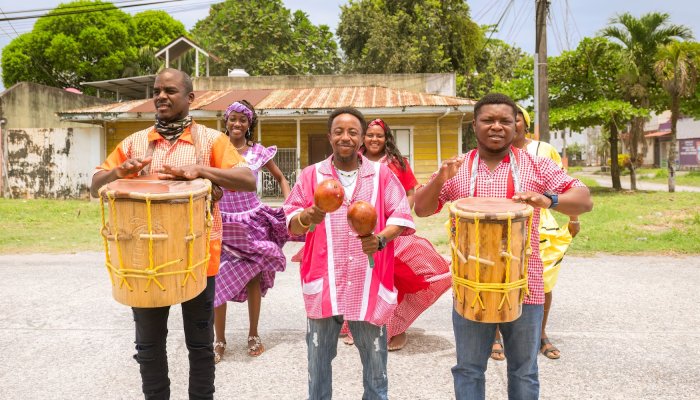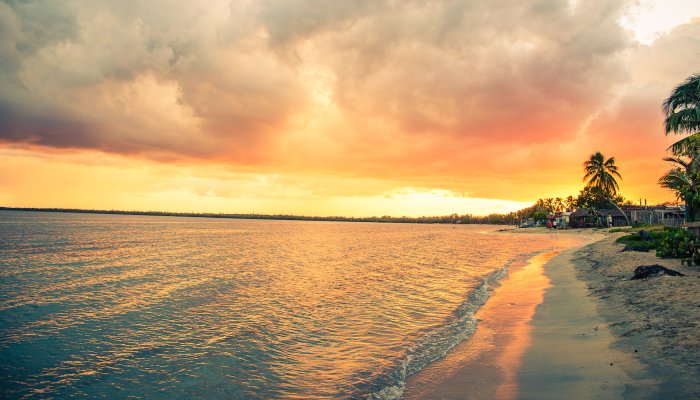Stevie Gawryluk, an Adventure Consultant for ROW and Adventure Unbound recently made her first trip to Cuba. Below she recounts some of her most surprising first impressions; take a peek to share in her journey!
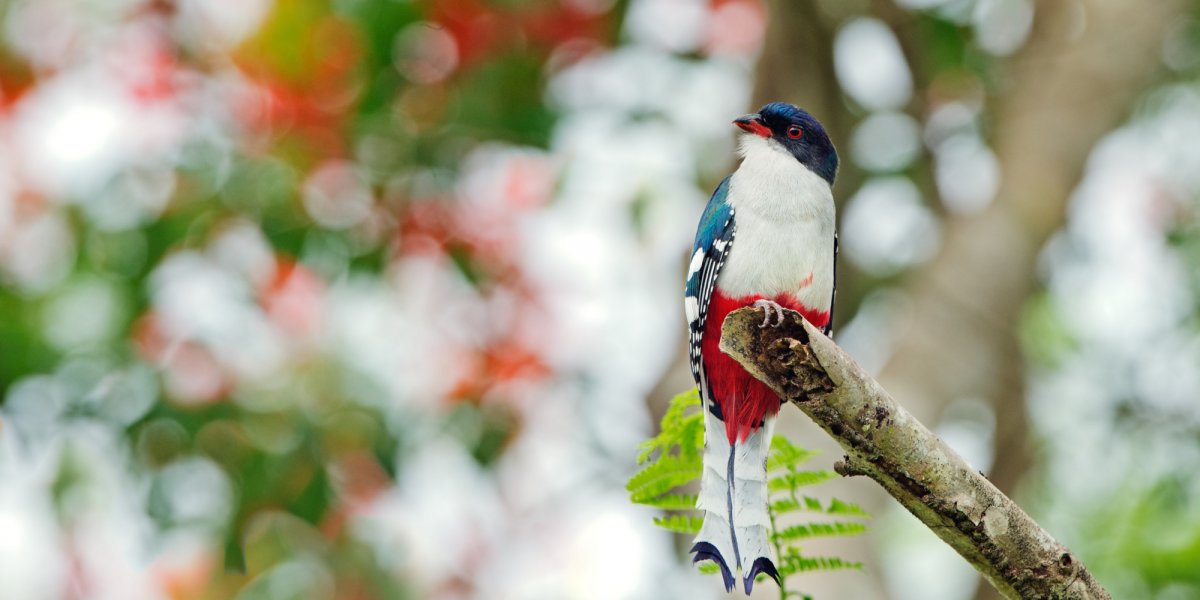 With their varying ecosystems and efforts toward land conservation, Cuba offers incredible birding experiences.
With their varying ecosystems and efforts toward land conservation, Cuba offers incredible birding experiences.
With around 400 species recorded on the main island and its surrounding cays, Cuba draws twitchers from near and far. It’s home to 25 endemic species that are found nowhere else in the world, as well as being visited by around 280 migratory birds that come to feed and rest on their annual journeys north and south.
Highlights include sightings of the near-threatened bee hummingbird whose wings beat up to 200 times per second during courtship displays and Cuban blackbirds that inhabit the island’s tropical lowland forests. Keep your eyes peeled for blue-headed quail doves and Cuban crab hawks, as well as eastern meadowlarks and Cuban emerald hummingbirds.
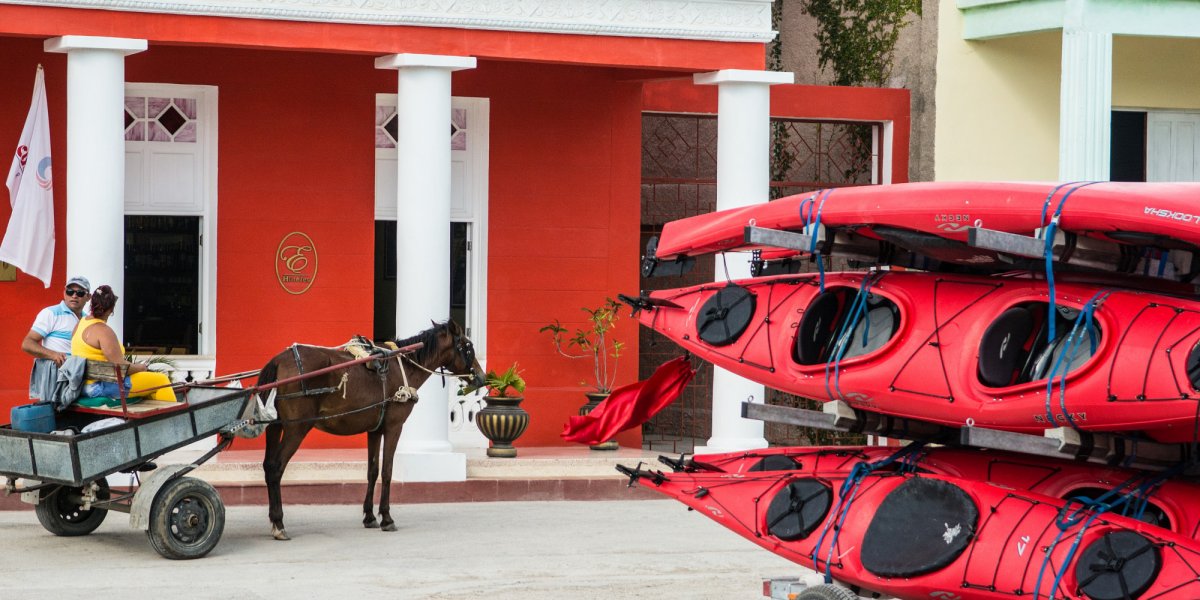
Horses are still a predominant form of transportation in this slowly modernizing country! You will be surprised to see them on country roads, busy city streets, and fast-moving highways.
Whether you’re in the heart of Havana or the country lanes of Viñales, horse carriages are a common sight. They were considered a symbol of luxury during the early 20th century when they were used by wealthy families to get around in the pre-automotive days.
You’ll find horse carriages in almost every town and city, commonly outside train and bus stations ready to whisk passengers to their final destination. They are a picturesque way to soak up the sights on your journey while being a fun way to get from A to B. Most cities have established routes for horse carriage trips and payment is made in Cuban Pesos.
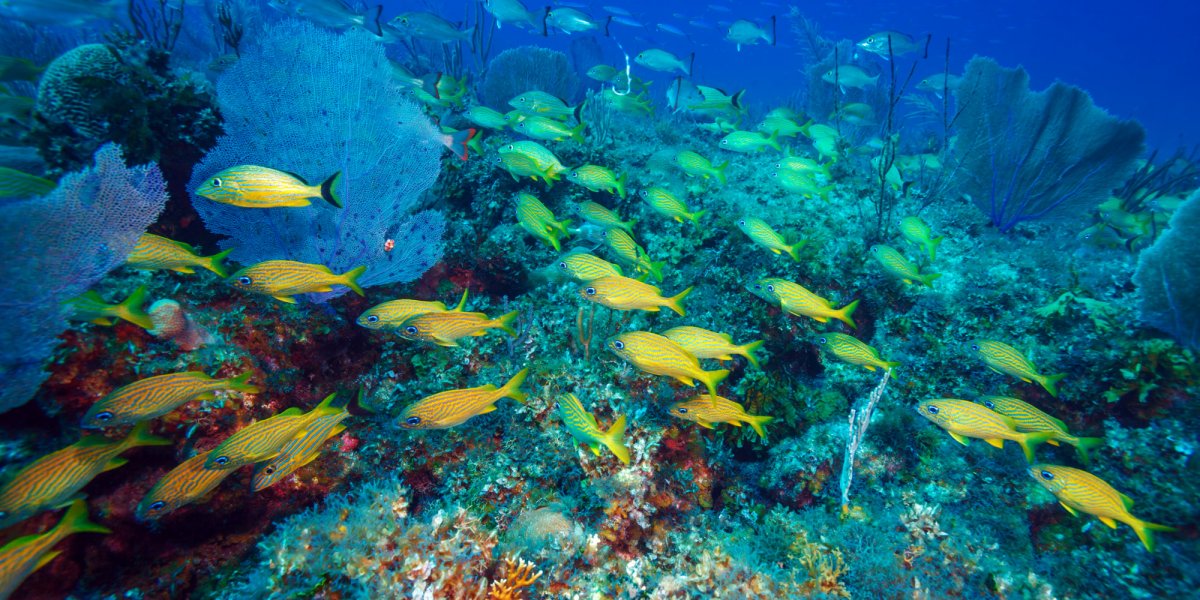
Thanks to reef preservation efforts throughout the 90s, Cuba has some of the healthiest coral reefs in the world! Visitors can see endangered species such as Elk Horn Coral and Hawksbill Sea Turtles!
Situated between the Atlantic Ocean and the Caribbean Sea, Cuba boasts more than 5,500 kilometers of coastline that includes coral reefs, seagrass beds, and mangroves. The difficulties of getting to the island and conservation efforts have ensured its reefs are in a healthy and pristine condition, with nearly 100 of the world’s 500 shark species found in the surrounding waters.
Highlights of diving in Cuba include the shallow seas of Cayo Largo del Sur, as well as the cenotes and caverns around Playa Giron and Playa Larga, both renowned for their picture-perfect beaches. But perhaps the most alluring dive destination is the majestic Jardines de la Reina (“Gardens of the Queen”) where you can get up close to hawksbill turtles, jewfish and enjoy almost guaranteed shark sightings.
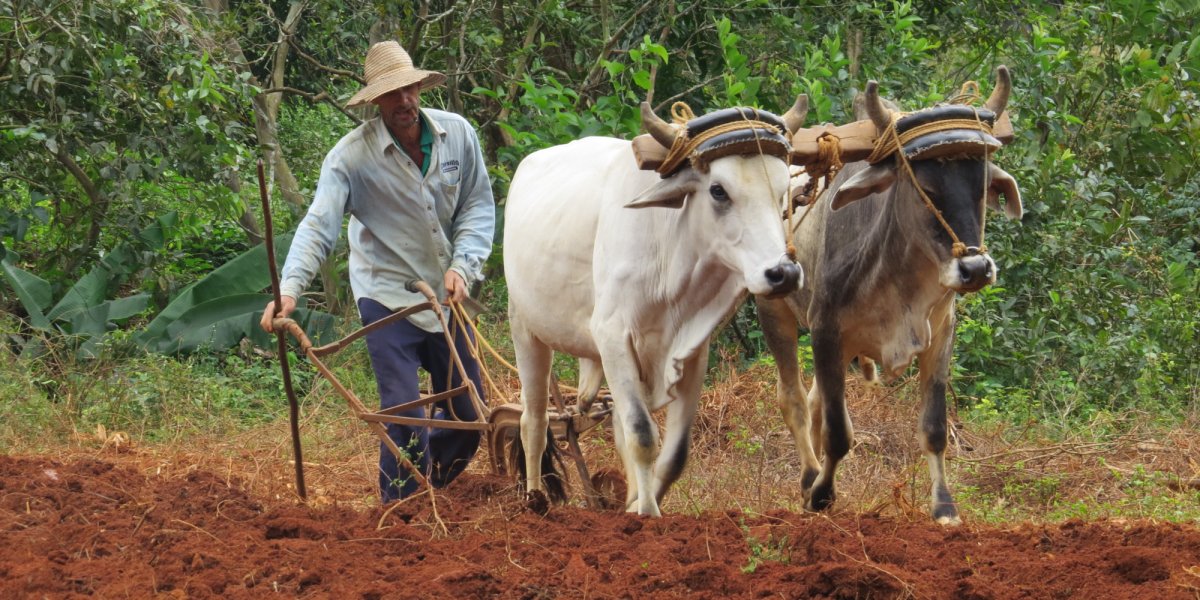
Sustainable and organic farming practices are utilized throughout the country as modern farming techniques have not been an option for Cuba.
After the revolution in 1959, Cuba began trading sugar and tobacco to the Soviet Union in exchange for agricultural equipment, farm chemicals, and food. But once the Soviet bloc crumbled, Cuba was left without spare parts for tractors or chemicals for its crops and the country was forced to turn to organic farming.
Today, the country is a pin-up for what organic and sustainable agriculture can look like (and attracts specialists from around the globe), with small, cooperative farms and urban gardens where produce is grown. It offers a refreshing perspective on the farm-to-table movement, with not a McDonalds or Burger King in sight!
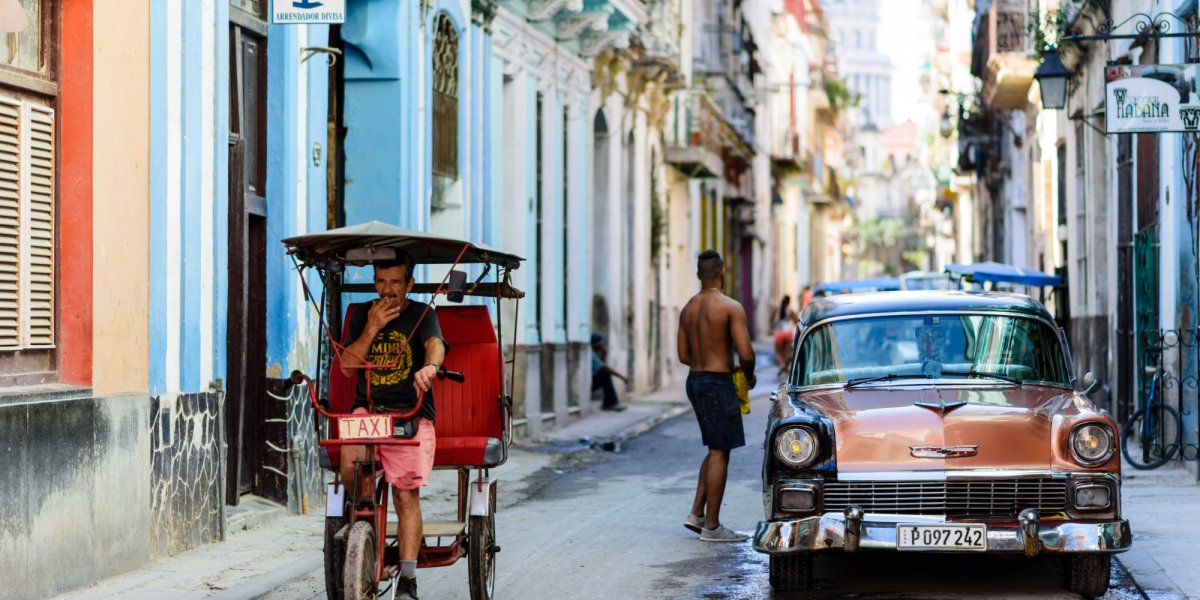
Bicitaxis are everywhere! For those not in a car, on a horse-drawn carriage or on foot, Bicitaxis are the way to get around!
While bicitaxis only began to make their mark in Cuba around 15 years ago, today they are as numerous as horse carriages in the country’s towns and cities. These pedicabs are a key component in Cuba’s transportation network and are one means of private market self-employment that is permitted by the Cuban Government.
As there is no nationally-run bicitaxi factory, each region has its own models and uniquely-welded styles. You can find everything from cruiser-style trikes to those that have been fitted with large tractor wheels, which are used for transporting kids to school, women to and from the markets and businessmen to work.
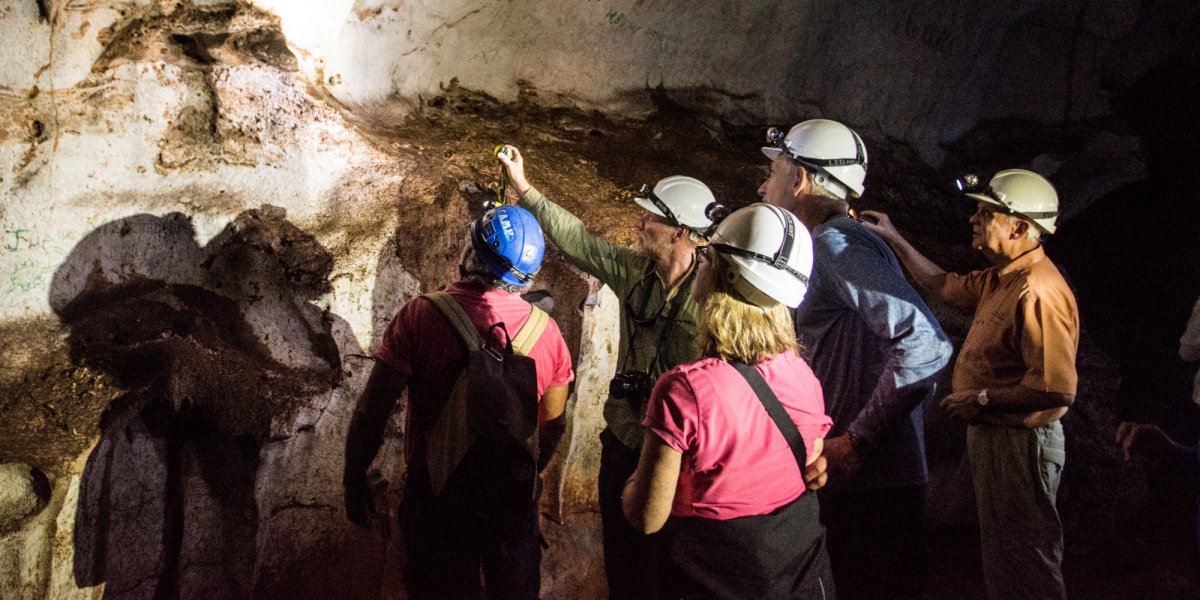
With more than 20,000 caves on the island, spelunking opportunities are aplenty!
Having recognized the archaeological importance of their cave network, the Cubans have safely adapted many for visitors to explore, making the island a spelunking paradise. Descending into the darkness of a cave is like entering another world, with the sleepy town of Viñales and its surrounding Sierra de Los Órganos offering some of the best caves to discover.
Grab a guide to explore the Cuevas del Indio or El Palenque de Los Cimarrones, which features its own restaurant and transforms into a nightclub most evenings. Also of note is the Gran Caverna de Santo Tomás (one of the largest in Cuba) and the immense Cuevas de Bellamar, which are believed to be more than 300,000 years old and adorned in stalactites and stalagmites.
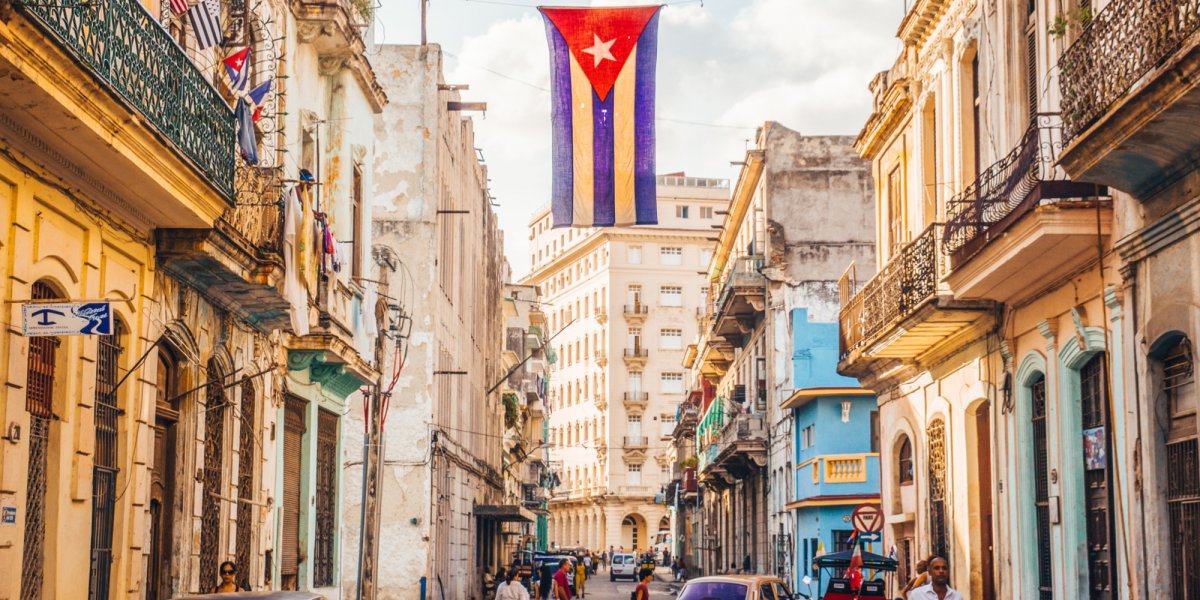
Cuba’s colonial architecture is the perfect blend of Barcelona and Latin America!
Cuba is renowned for its eclectic architectural styles, bringing together influences from around the globe. You can see the 400-year-legacy of Spanish colonial rule in the streets of Havana, which is filled with Neoclassical and Baroque buildings, as well as impressive examples of the Art Deco style dating from the sugar boom years.
Highlights include the 18th-century Havana Cathedral and the iconic Bacardi Building, as well as the domed performance theaters of the School of Ballet, designed by Ricardo Porro in the post-Revolution period. Don’t miss a day spent wandering the streets of Habana Vieja (Old Havana), a UNESCO World Heritage Site that’s renowned for its crumbling architectural jewels.
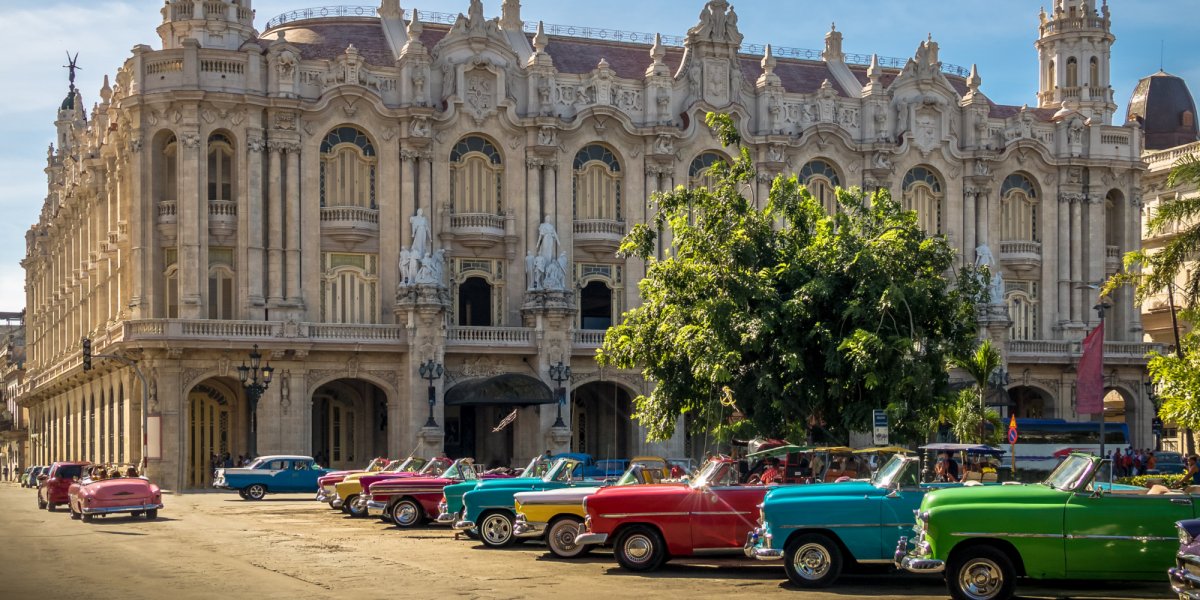 A forefront thought when Cuba comes to mind—the classic cars! Seeing these well-loved beauties in person will leave you in awe.
A forefront thought when Cuba comes to mind—the classic cars! Seeing these well-loved beauties in person will leave you in awe.
It’s no secret that Cuba is heaven for classic car enthusiasts, with colorful old Chevrolets, Fords, Plymouths, and Studebakers plying the streets. Driving through Cuba is like taking a step back in time to the 1950s when Fidel Castro banned car imports from the United States. This made it nearly impossible to buy new, foreign-made vehicles or purchase new parts for the American-made cars that were already a mainstay of the island.
As a result, the current classic cars were repaired using improvised parts by ingenious local mechanics, which only adds to their intrigue. Recently, Raul Castro has abolished the strict regulations on purchasing foreign-made cars and the automotive landscape of Cuba is set for a big change.
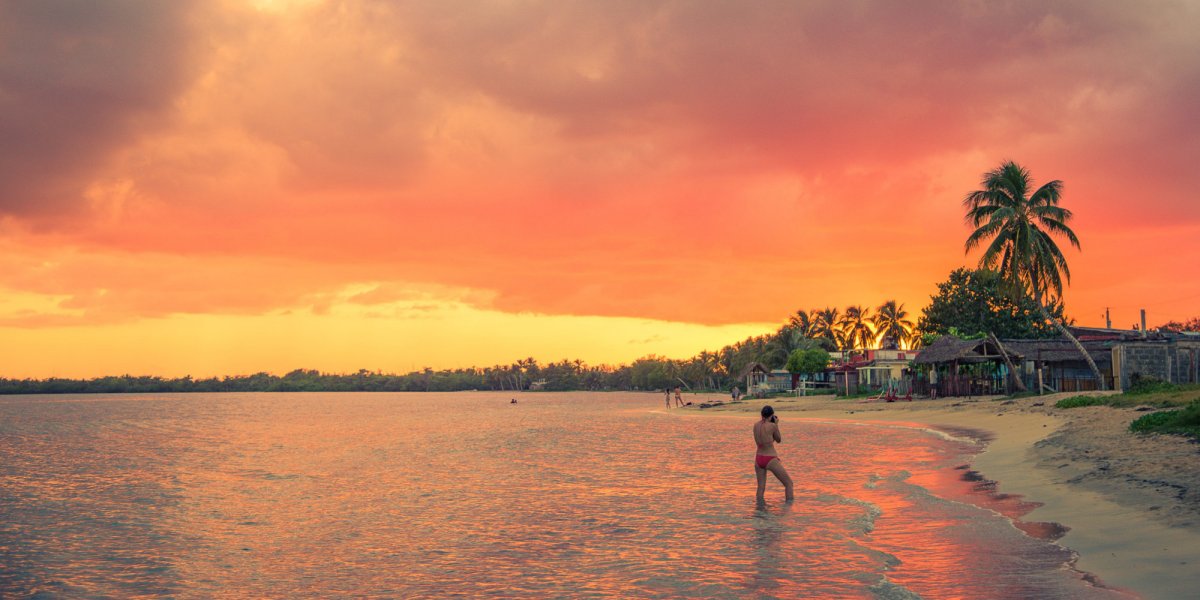 A Cuban sunset is as colorful and glorious as the people! Imagine after a day of adventure you have a Saocoa (rum, fresh coconut juice, sugar, and lime!) in hand, toes in white sand and a marbled blend of pink, orange and yellow hues engulfing the sky!
A Cuban sunset is as colorful and glorious as the people! Imagine after a day of adventure you have a Saocoa (rum, fresh coconut juice, sugar, and lime!) in hand, toes in white sand and a marbled blend of pink, orange and yellow hues engulfing the sky!
Cuba is blessed with stunning beaches where the turquoise waters of the Caribbean lap up against idyllic, white sands. From the resort mecca of Varadero to beautiful Playa Ancón near Trinidad and the remote beaches of Cayo Jutías, you’re spoiled for choice when it comes to getting your fix of sun and sand.
Cuba’s beaches are also an ideal backdrop for watching the day’s last rays illuminate the island, with the sky transforming deep hues of oranges, pinks, and reds. Grab a cocktail from one of the beachfront bars and settle in for Mother Nature’s show, ending another perfect day in paradise.
We hope you'll join us in Cuba on one of our many Support for the Cuban People tours! We're looking forward to hearing what makes a lasting impression on you.


